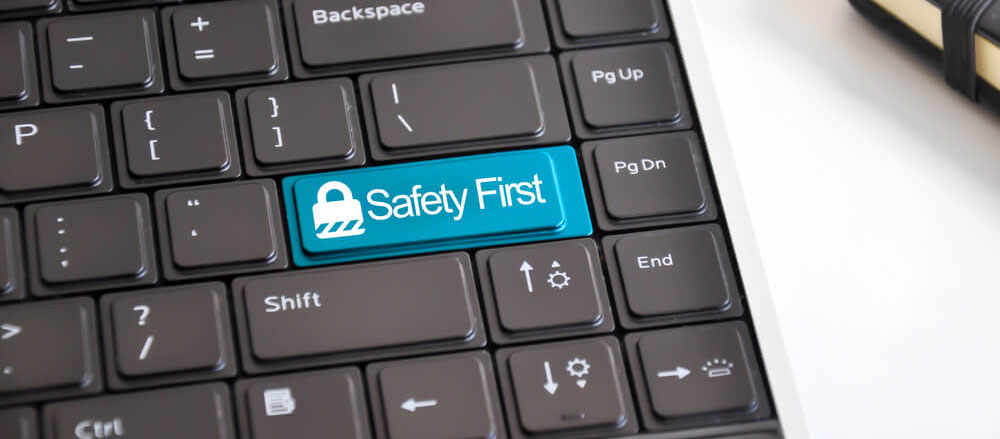Taking good care of your home network security is pretty important once you set it up and start browsing the internet and enjoying all the benefits it has to offer. There are several things you can do in order to boost your home network security. Here are the proven ways to secure your home wireless network, each representing an additional layer of security.
1. Rename the default wireless network
The first thing to do is to change the default network name or SSID. In most cases the default network name will discover the type or brand of the router you are using. This will make it easier for potential hackers to hack your network. Also, don’t make the Wi-Fi network name personal. There is no need for anyone but you to know which network is yours.
2. Secure your wireless network with a password
Besides the default network name, most computers come with a default Wi-Fi password. While it is pretty handy to know it during the initial setup process, most people forget to change it later. This represents a potential security risk. The bad thing here is that hackers can easily find the default password if they know the router model or brand, so change the default Wi-Fi password and come up with a strong and unique one that will be hard to break. When they connect to your network, they can also find the default router admin username and password that will grant them access to the router configuration settings. HomeNetworkON.com has some detailed guides on how to change the Wi-Fi password on your router so feel free to visit the site and see how o do it properly.
When changing the Wi-Fi password make sure to select WPA2 encryption which is highly recommended today. Of course, if your router supports WPA3 you can enable it instead but at the moment there may be some compatibility issues with the devices you currently have.
3. Change the router default IP address
Most people don’t bother changing the default router IP but it is definitely something worth taking into account. Router manufacturers generally used IP addresses like 192.168.0.1, 192.168.1.1, 192.168.1.254 and similar as default IPs and as you can see it isn’t too difficult to find the one that opens the router login page. Luckily only devices that are already connected to the network can access this page.
4. Change the router admin password
In order to make some changes in the router settings you need to login to your router first. Generally, the default router admin password is either admin or password. Some router manufacturers use the serial number of the router as the password but this is not very common. As you can see the router admin password has to be changed immediately because anyone who is connected to your network can use this password to login to your router and take control over your home network.
5. Disable WPS on your router
Although WPS or Wi-Fi Protected Setup was designed to make connecting devices to the network even simpler than typing the Wi-Fi password in the device it represents a security risk. This especially applies to offices and other crowded places where the router can be accessed physically. Just one press on the WPS button on the router can let someone connect to the network without our authorization. Therefore, it is better to keep this function disabled.
6. Keep your router firmware up to date
The router firmware needs to be kept up to date because every new version comes with some security patches and performance fixes. Having the latest router firmware version installed will protect you from the latest vulnerabilities hackers use to put your home network in danger. Some routers have the option to automatically update the firmware. However, if your router doesn’t have this option, make sure to check from time to time whether there is a new firmware version available.
7. Disable Remote Access
As we have said before the router settings can be accessed from a device already connected to the network. However, some routers allow remote access which means that the device doesn’t have to be part of the network in order to access the router settings. This option has to be disables if you are not actively using it.
Additional home network security tips
1. When you are away for a longer period of time turn off your router.
2. Position the router in the center of your house or apartment to prevent the wireless signal spread outside of your home.
3. Keep all your devices updated and have all the latest security patches installed as soon as they become available
4. If your router comes with a built-in firewall, you can enable it for an additional layer of security.
Final thoughts
If you want to keep your personal data safe and your home network running smoothly then it is important to take everything you can to boost its security. The steps described in this article don’t require some advanced tech knowledge and can be easily applied even by beginners. Just take you time, login to your router and go through this list step by step. Have fun!



